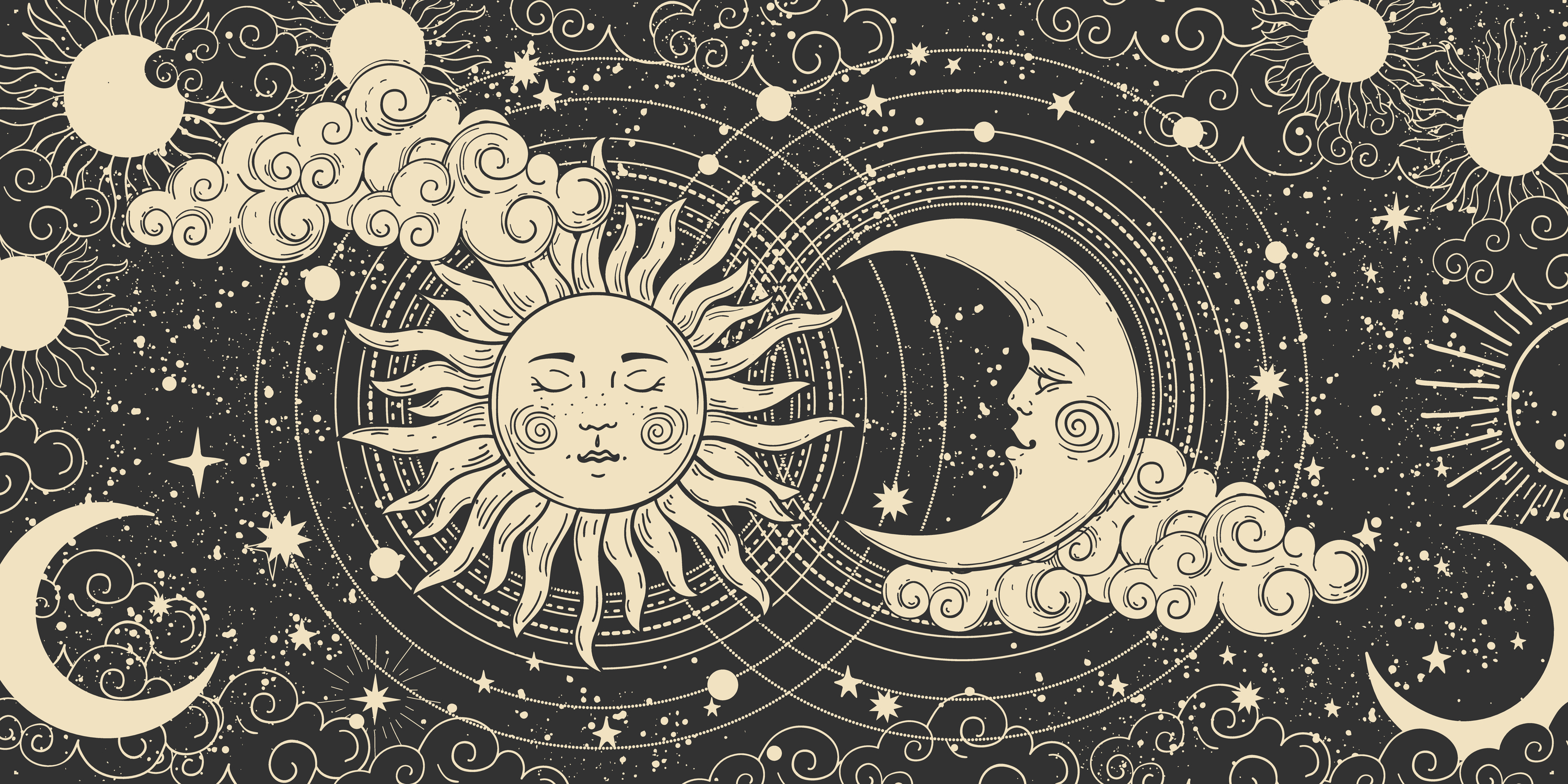Astrology Options: Stars, Zodiac, Horoscopes, Birth Charts
Astrology covers a range of approaches people use to interpret personality, timing, and patterns in life. Options range from quick daily horoscopes to detailed natal or birth chart analyses, different traditions (Western, Vedic, Chinese), and technological tools that automate calculations. This article outlines common astrology options, explains how key elements like the stars and zodiac are used, and describes what a birth chart provides so you can compare methods and decide which approach fits your interest and needs.

What is astrology?
Astrology is a symbolic system that correlates positions of celestial bodies with themes in human life. It rests on mapping planets, luminaries, and angles onto twelve segments (houses) and twelve zodiac signs to generate interpretations. While astrology is not a science, it functions as a framework for reflection and narrative: practitioners translate astronomical positions into psychological, situational, and timing-based language. Different schools emphasize varying techniques — for instance, predictive methods, psychological synthesis, or electional timing — but all use observed sky positions as the basis for interpretation.
How do stars influence readings?
In astrology, “stars” can mean fixed stars or, more commonly, the planets and luminaries whose movements are tracked against the backdrop of the sky. Fixed stars (bright stars with historical mythic associations) are sometimes added as modifiers to chart readings, whereas planets and the Sun and Moon are primary actors. Their angular relationships (aspects) and placements in houses are read symbolically: for example, a planet in a house suggests themes in that life area. Modern astrologers use ephemerides and software to calculate precise positions of celestial bodies for any date and location.
How does the zodiac shape interpretations?
The zodiac divides the ecliptic into twelve equal signs, each with a set of mythic qualities and elemental associations. Signs (Aries through Pisces) color how a planet’s energy is expressed: a planet in Taurus might indicate steadiness or material focus, while the same planet in Gemini could suggest adaptation or communication. Astrologers read sign placements together with house positions and aspects to form nuanced interpretations. Traditions vary: Western tropical astrology uses seasons to anchor signs, while sidereal systems (like Vedic) align signs more closely with the current astronomical constellations.
How do horoscopes differ from in-depth charts?
A horoscope—often presented as a daily, weekly, or monthly column—is typically a distilled, generalized reading based on the Sun sign or transits affecting a sign. It’s designed for quick consumption and broad applicability. A birth chart (natal chart), by contrast, maps the exact positions of planets at an individual’s birth time and location and supports much more detailed analysis. Horoscopes offer accessible touchpoints and trend summaries; in-depth chart work explores personality layers, life themes, timing techniques (progressions, transits), and relationship dynamics.
What is a birth chart and how is it used?
A birth chart is a snapshot of the sky at a person’s birth, plotted for the birth location and exact time. It contains planet placements by sign and house, the rising sign (ascendant), and the angles that structure a chart. Astrologers analyze these placements and their aspects to build a narrative about temperament, potentials, and life patterns. Birth charts are used for psychological insight, vocational guidance, relationship comparison (synastry), and event timing. Many practitioners combine birth-chart work with predictive tools to offer both character context and moment-to-moment guidance.
Choosing astrology options and finding services in your area
Options for accessing astrology include self-study with books and software, free or subscription-based online chart calculators, one-off readings with professional astrologers, and ongoing coaching or mentoring relationships. Local services may include astrologers who offer in-person consultations, workshops, or group chart readings. When choosing a practitioner, look for transparency about methods, sample readings, clear fee structures, and client reviews. If you prefer technology, many apps and websites provide automated birth charts and interpretations; if you prefer human insight, seek practitioners who explain their approach (psychological, predictive, or traditional) and consent around sensitive topics.
Conclusion
Astrology offers multiple entry points depending on how much depth you want: quick horoscopes for general trends, birth charts for detailed personal context, and specialist traditions for alternative perspectives. Understanding the roles of stars, zodiac signs, horoscopes, and birth charts can help you choose between self-guided tools and professional readings and decide which techniques align with your interests. Approaching astrology as a symbolic language rather than a predictive certainty supports clearer expectations and more useful interpretations.






